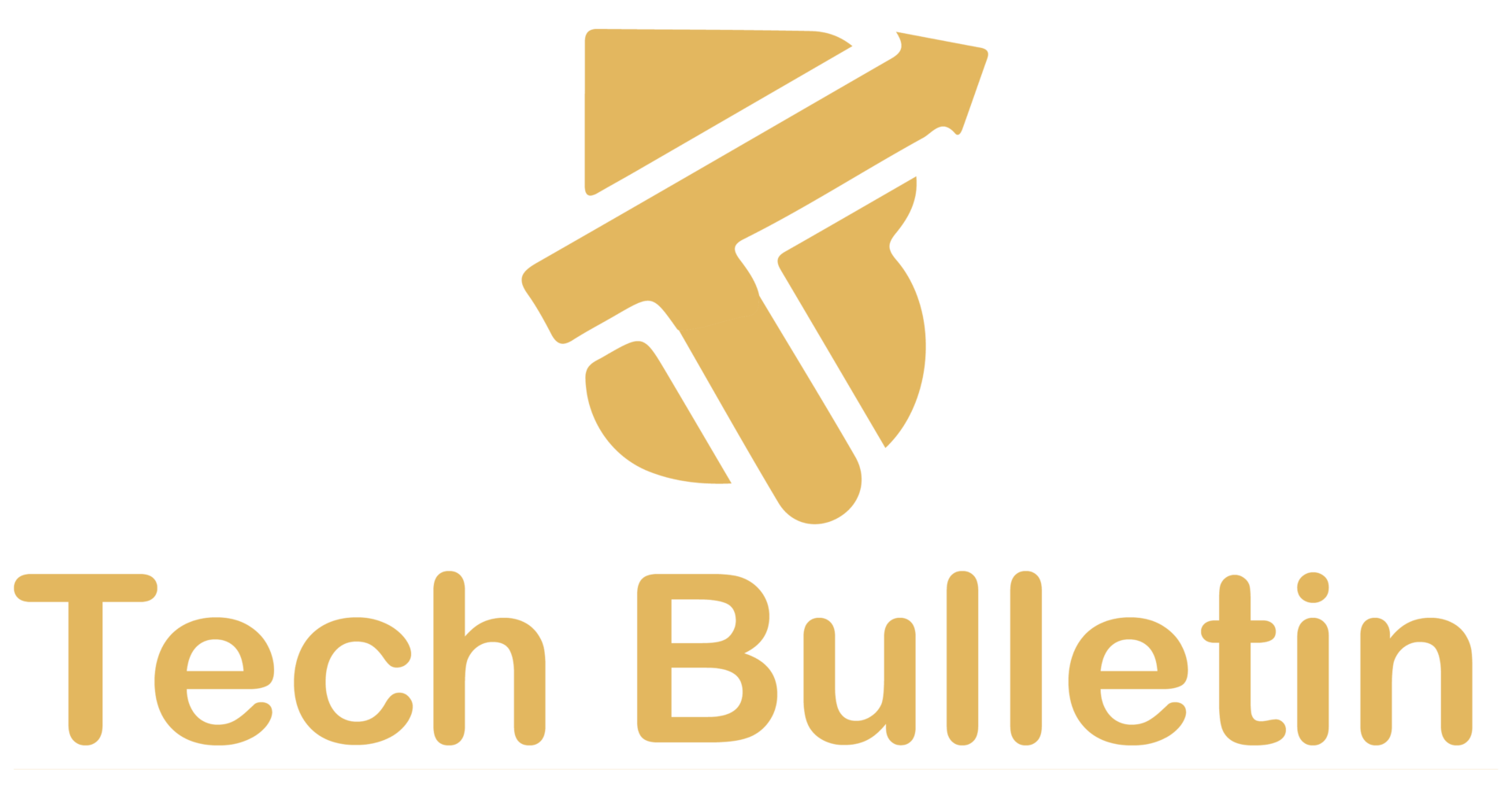How Smart Classrooms with AI Improve Student Engagement and Performance

Smart classrooms are redefining how students learn and how teachers teach. These classrooms are not just about digital screens or high-speed internet; they are about integrating artificial intelligence (AI) to make learning more personalized, engaging, and effective.
The Role of Artificial Intelligence in Modern Education

AI systems can now analyze how students interact with content and adjust the lesson instantly. Platforms like Squirrel AI demonstrate how AI can personalize content to improve retention and engagement.
AI is not here to replace teachers; it complements them. It helps:
- Identify struggling students early
- Adjust content difficulty in real-time
- Automate administrative tasks
🧭 Personalized Learning Paths
AI creates customized content based on each student’s:
- Strengths and weaknesses
- Pace of learning
- Engagement patterns
Students no longer need to conform to a one-size-fits-all curriculum. Instead, AI designs an academic journey tailored just for them.
How AI Enhances Student Engagement

Artificial Intelligence (AI) is fundamentally reshaping how students connect with learning content. By replacing static lectures with dynamic, interactive tools, AI transforms passive listeners into curious, active learners. This shift is crucial in an age where student attention spans are shrinking and digital distractions are everywhere.
Gamified Learning: Turning Lessons into Adventures
Gamification blends educational content with game-like elements points, badges, levels, and challenges, to create immersive learning experiences. When powered by AI, this approach becomes even more intelligent and personalized.
✅ Key Benefits:
- Increases Attention Span: Games demand focus, especially when levels are time-sensitive or goal-oriented.
- Promotes Healthy Competition: Leaderboards and rewards motivate students to outperform their previous scores or classmates.
- Improves Concept Retention: Visual learning through games boosts long-term memory by reinforcing concepts in multiple formats (text, images, actions).
💡 Real Example:
AI-driven platforms like Kahoot!, Quizizz, and Duolingo use adaptive algorithms to tweak the difficulty of quizzes or language exercises based on student responses. If a student repeatedly struggles with a concept, the system introduces simpler examples or additional context. On the other hand, high-performing students are presented with increasingly complex challenges, keeping the experience engaging and productive for all skill levels.
💬 AI-Powered Interactivity: Making Learning Conversational

Traditional classrooms often limit how much individual attention each student receives. AI fixes this by providing scalable, on-demand support that responds in real-time, often in the form of voice-enabled assistants or chatbots.
🔧 How AI Improves Interaction:
- Answers Student Queries Instantly: Tools like ChatGPT, Google Assistant, and Socratic by Google allow students to ask follow-up questions and receive immediate, detailed answers.
- Real-Time Translation & Accessibility: AI-powered translation tools break down language barriers, making content accessible for ESL students or multilingual classrooms. Services like Microsoft Immersive Reader even read text aloud and adjust reading speeds to fit student comfort levels.
- Hands-Free Exploration: In subjects like science and geography, students can explore simulations or virtual environments using voice commands, reducing friction and boosting hands-on learning.
🤖 Virtual Tutors and AI Chatbots:
AI chatbots now serve as round-the-clock learning companions. For instance:
- A student stuck on a math problem at 10 PM can type a question into the school’s AI chatbot and get step-by-step guidance.
- AI tutors like Squirrel AI or Carnegie Learning MATHia track a student’s historical performance to customize their approach over time.
This form of interaction:
- Builds Confidence by letting students ask questions without peer judgment.
- Supports Self-Paced Learning as students receive guidance exactly when they need it.
- Encourages Inquiry-Based Thinking by prompting follow-up questions or suggesting related concepts.
📈 Engagement by the Numbers
According to a 2024 EdTech Research Network study:
- Students using AI-powered interactive tools showed 35% higher engagement levels compared to those in traditional classrooms.
- Gamified AI apps contributed to 40% better concept recall within a week of exposure.
These numbers aren’t just impressive, they’re transformative. They point to a future where every student, regardless of their learning style, stays engaged, motivated, and actively involved in their education journey.
Teacher’s Role in an AI-Powered Environment

While Artificial Intelligence brings automation, personalization, and real-time feedback to classrooms, it cannot replace the empathy, intuition, and mentorship that teachers provide. AI empowers teachers to become even more effective, allowing them to focus on the aspects of education that require a human touch, motivation, emotional support, and social development.
Augmenting Instruction – Not Replacing It
Rather than viewing AI as competition, educators are increasingly embracing it as a collaborative teaching partner. Here’s how AI helps teachers enhance their instructional strategies:
✅ Key Benefits for Teachers:
- Focus on Student Mentorship: With AI automating routine tasks like grading, attendance tracking, and performance analysis, teachers can dedicate more time to building relationships, mentoring, and developing soft skills in students.
- Customize AI Recommendations: AI provides suggestions based on student data, such as which topics a student is struggling with or where they’re excelling. But the final decision always rests with the teacher, who applies their professional judgment to tweak lesson plans, group dynamics, or teaching methods accordingly.
- Use Data for One-on-One Interventions: AI-powered dashboards allow teachers to pinpoint learning gaps quickly. For example, if a student consistently underperforms in quizzes related to fractions, the teacher can schedule one-on-one time or assign targeted exercises for improvement.
Real-Life Classroom Example:
A math teacher using an AI platform like Carnegie Learning might receive a weekly report showing which students didn’t meet the learning objectives. Instead of reteaching the entire lesson to the whole class, the teacher can now offer personalized reinforcement to just the few who need it, maximizing efficiency and effectiveness.
📚 Professional Development: Empowering Educators with Insights
AI isn’t just transforming student learning, it’s reshaping how teachers grow professionally. By offering clear, data-backed insights into teaching practices, AI helps educators become more reflective and strategic in their roles.
🧩 How AI Supports Professional Growth:
- Understanding Class Engagement Levels: AI tools track which students are participating, how often they’re answering questions, and whether they’re actively using learning resources. This helps teachers adjust their techniques, such as introducing group work or visual aids, to maintain interest across the board.
- Identifying Learning Gaps Across the Class: Teachers can review AI-generated heat maps that highlight which concepts students are struggling with the most. Instead of guessing, they know exactly where to spend extra time or modify the instruction.
- Analyzing Teaching Effectiveness: By comparing class performance before and after different teaching strategies, AI helps teachers evaluate which methods are most effective. This feedback loop supports ongoing improvement without formal observation or external evaluation.
📊 Example:
An English teacher might discover that students perform 20% better in vocabulary tests after using AI-driven flashcards compared to traditional worksheets. This insight allows the teacher to optimize future lessons using what works best for that particular group.
In an AI-powered environment, the teacher evolves from a one-size-fits-all instructor to a learning facilitator and mentor. Their role now includes:
- Guiding students in using AI tools responsibly
- Helping students interpret and act on AI feedback
- Providing emotional support where technology falls short
By blending their expertise with data-driven insights, teachers ensure that education remains personal, ethical, and holistic, even in a tech-enhanced world.
Comparative Table: Traditional vs Smart Classrooms
| Feature | Traditional Classroom | Smart Classroom |
|---|---|---|
| Feedback | Weekly/monthly | Instant & real-time |
| Content | One-size-fits-all | Personalized |
| Tools | Chalkboard | AI dashboards, smartboards |
| Engagement | Passive | Interactive & gamified |
| Assessment | Paper-based | AI-scored digital tests |
🧠 Expert Opinions and Research Insights
“Smart classrooms powered by AI are no longer optional they are essential to cater to diverse learners.”
— Dr. Emily Chen, Education Technologist
According to EdTech Magazine (2024), over 63% of U.S. schools now use at least one AI-based tool for student engagement and performance tracking.
Conclusion
Smart classrooms with AI are more than just futuristic tech; they’re active learning environments where engagement, personalization, and performance intersect. While there are challenges like cost and ethical concerns, the long-term benefits higher retention, inclusivity, and better outcomes, make AI in education a revolutionary force.
FAQS
1. What is a smart classroom with AI?
A smart classroom uses AI technologies to personalize learning, provide instant feedback, and engage students interactively.
2. How does AI help teachers?
AI saves time by automating grading, generating reports, and recommending personalized content.
3. Are smart classrooms expensive to maintain?
Initial setup is costly, but cloud-based tools and grants make them increasingly affordable.
4. Can AI adapt to different student learning styles?
Yes, AI analyzes individual learning patterns and adjusts content delivery accordingly.
5. Is student data safe in AI-powered classrooms?
Only if schools follow strict data privacy laws like GDPR and FERPA and use encrypted systems.
6. Will AI replace teachers?
No. AI assists but does not replace the need for human connection and emotional intelligence in education.





